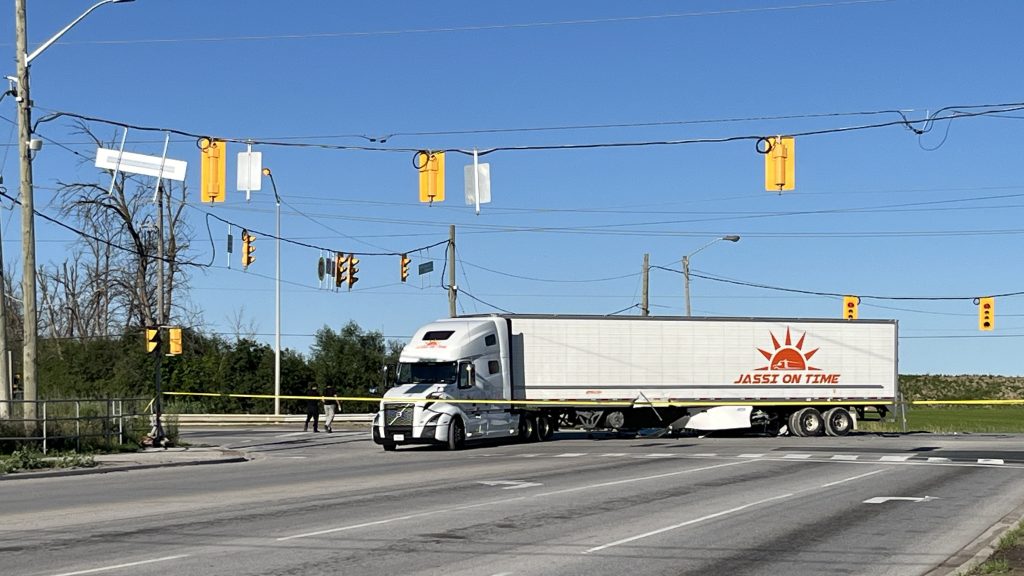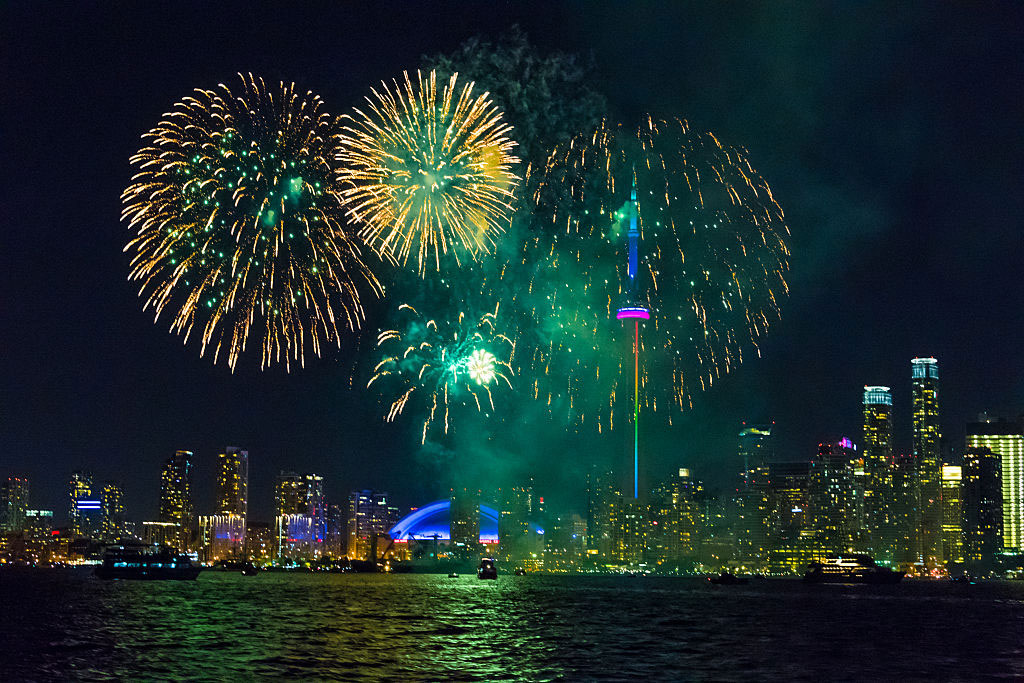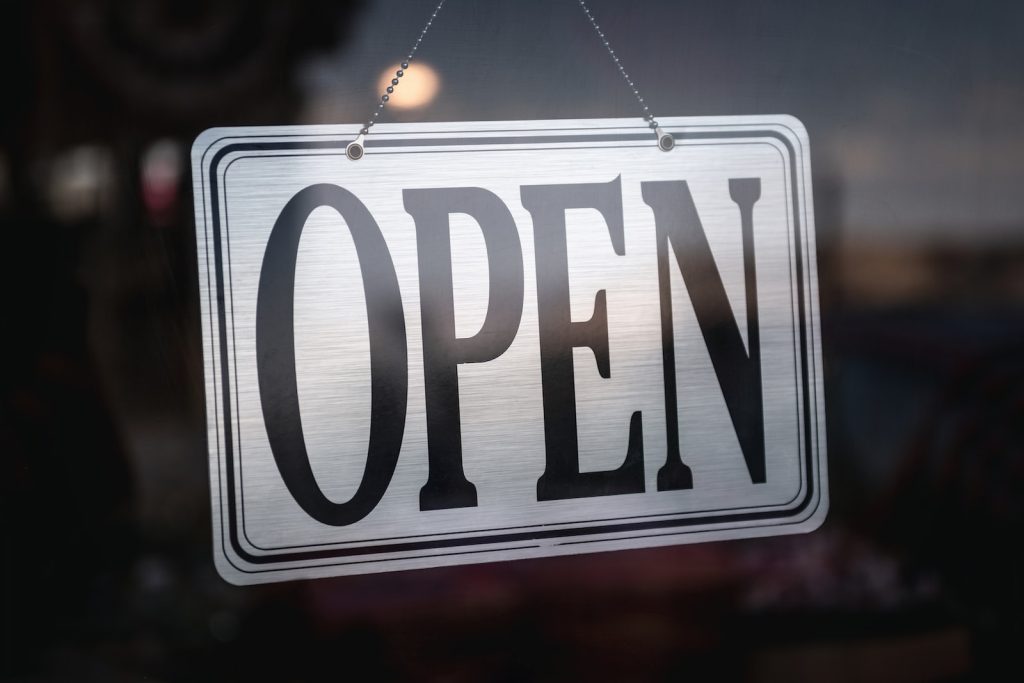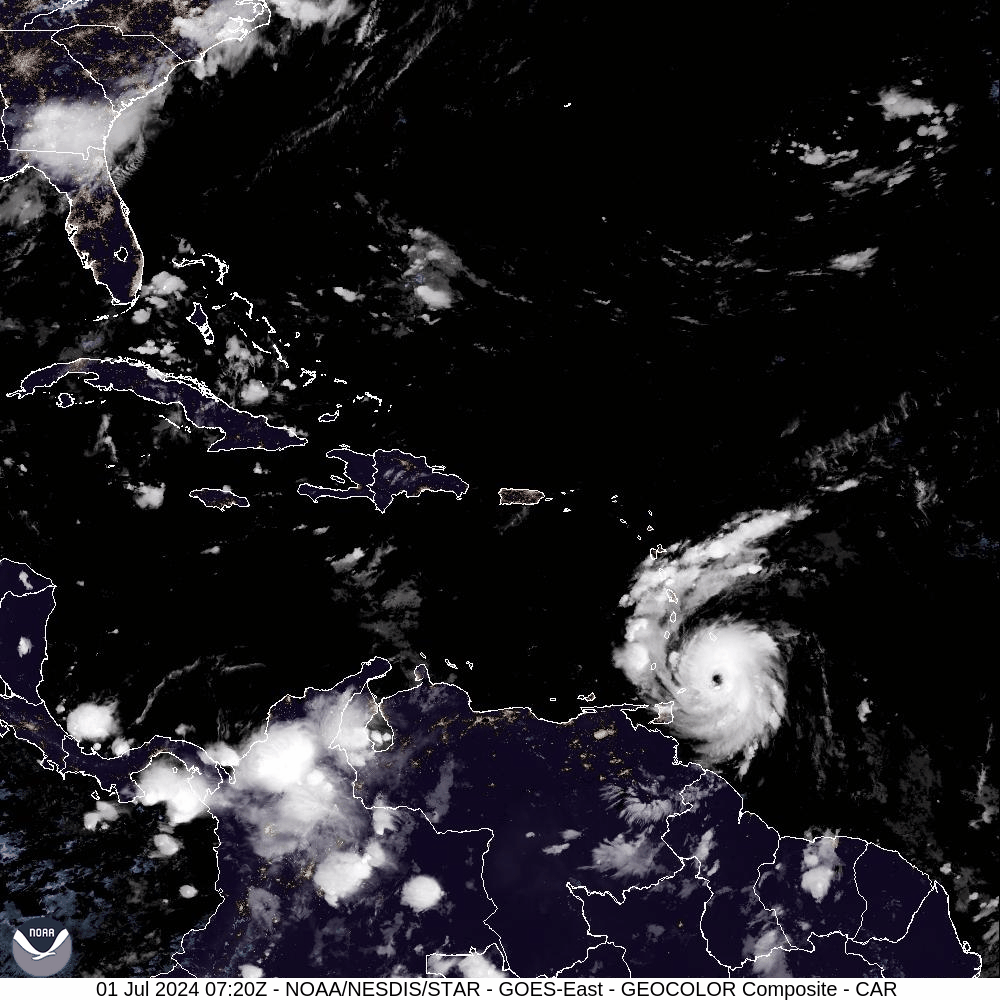Gas prices up by as much as almost 20 cents in some Canadian cities
Posted September 29, 2022 12:23 pm.
Last Updated September 29, 2022 3:21 pm.
Gas prices jumped overnight in some cities across Canada by as much as almost 20 cents.
According to the CAA’s gas price tracker, the price of gas is up nationally by just over three cents on average at 158 cents per litre, with some provinces seeing higher jumps than others.
In Alberta, prices are up by six and a half cents: almost nine cents in Edmonton and nine and a half cents in Sherwood Park.
Across Ontario, prices are only up by two cents compared to Wednesday, but in some cities, it’s a different story.
RELATED: Toronto and GTA gas prices – CityNews
In Thunder Bay, gas prices are up by almost 20 cents, and in Peterborough by 11 cents, compared to just around a cent in Toronto.
In other Ontario cities, such as Brantford and Brockville, gas prices are up by four and a half cents.
In Saskatchewan, prices were up almost six cents, while Manitoba’s prices saw just a one-cent rise. In some provinces, there’s another jump in gas prices on the horizon as tax relief programs reach their limits.
Alberta’s temporary gas tax relief, introduced earlier this year when prices soared, is on its way out, albeit slowly. On October 1, the province will reintroduce a tax of 4.5 cents per litre, still a far cry from the usual 13 cents.
Ontario’s gas tax was cut from 14.7 cents per litre to nine cents effective July 1 and ending December 31.
Hurricane season could impact gas prices
Kristine D’Arbelles, CAA’s senior director of public affairs, said gas prices are being driven by a number of factors, including international issues, seasonality, supply and demand and provincial taxes.
With hurricanes Fiona and Ian hitting coasts this week, delivery and supply of gas are likely affected for some markets, D’Arbelles said.
“Storms can have an effect on gas prices,” she said. “Because where gas is coming from is slightly different across the country, that might mean that one province is feeling it a little bit more than another province.”
According to Natural Resources Canada, on average, Ontario and Quebec account for about 55 per cent of the gasoline consumed in the country.
The western provinces account for about 36 per cent, while the remaining 9 per cent is consumed in the Atlantic provinces and the Territories, according to CAA.
In the gasoline market, prices in large cities are generally lower than in small towns. CAA says because gas stations located in urban areas often have a greater volume than stations in smaller towns, their retail margin is often lower.
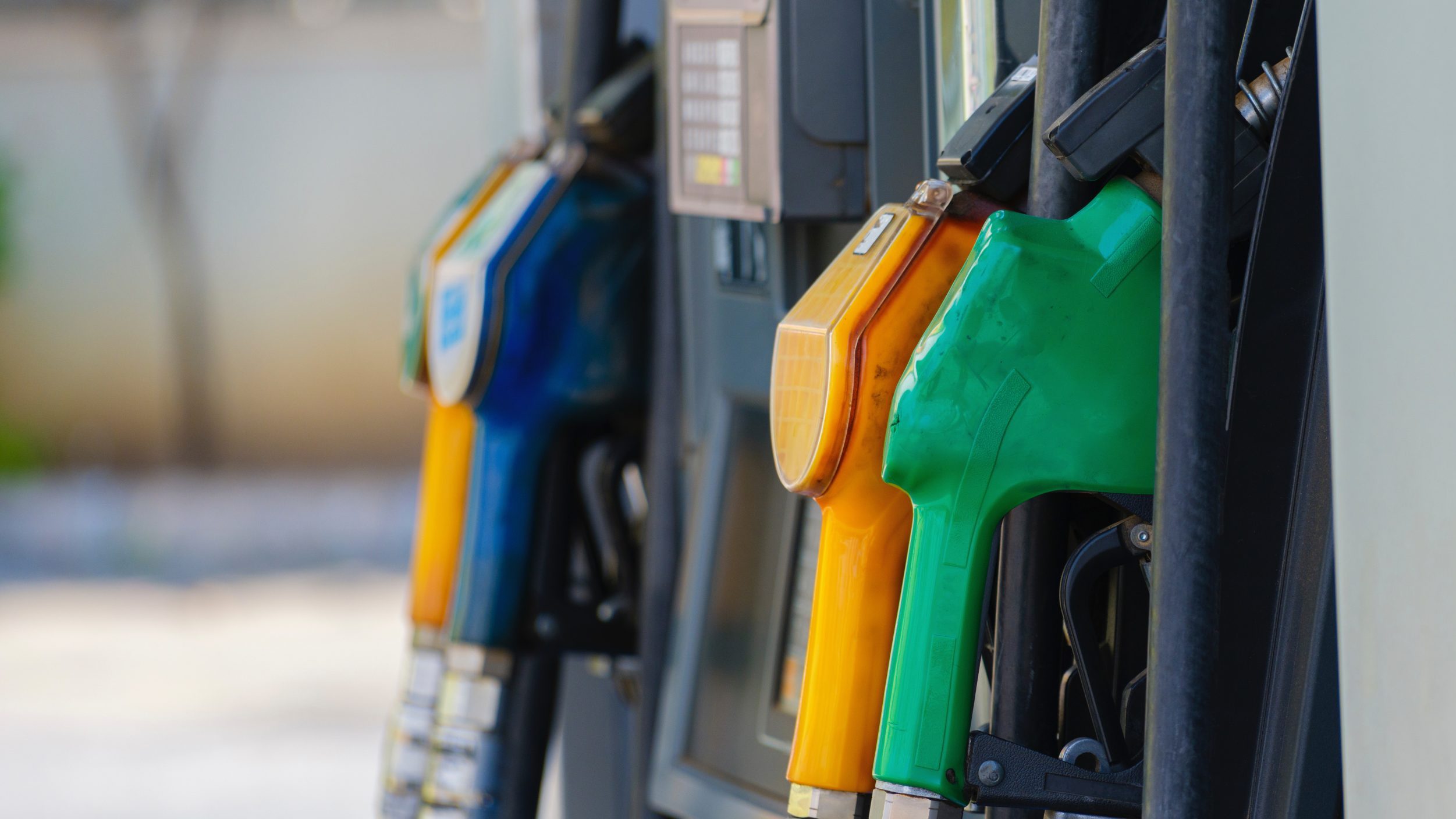
Ontario gas prices were back on the rise on Saturday, July 9, 2022. Photo: Engin Akyurt.
In the U.S., President Joe Biden warned oil and gas companies against increasing prices for consumers as Hurricane Ian lashed Florida’s southwest coast.
Biden said that the hurricane “provides no excuse for price increases at the pump,” and if it happens, he will ask federal officials to determine “whether price gauging is going on.”
Gasoline prices mostly reflect trends in global oil prices, and crude — both the U.S. benchmark and the international Brent — has been slumping since mid-June on growing fears of a global recession that would reduce demand for energy.
Many energy analysts believe prices are more likely to rise than fall in the next few months. But changes in sentiment about the economy, Russia’s war against Ukraine, and even hurricane season — always a threat to disrupt refineries along the Gulf Coast — make predictions uncertain.
With files from The Associated Press
